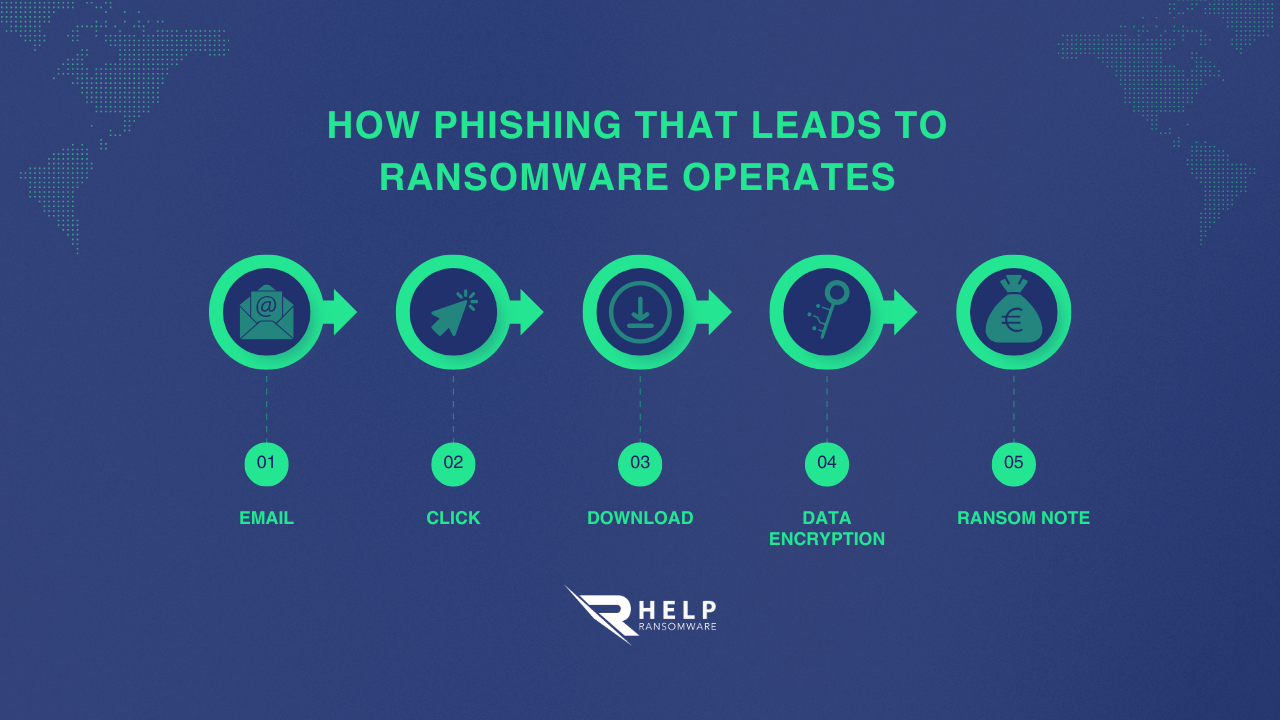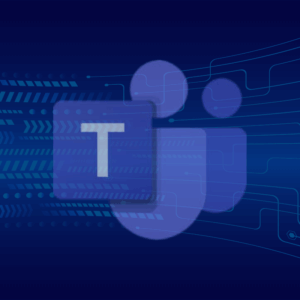Black Friday has established itself as one of the biggest online shopping phenomena.
According to Red.es, Spain already has more than 30 million digital shoppers, a scenario that expands commercial opportunities… and also those of cybercriminals.
During this time of year, increased traffic and the rush to take advantage of discounts create the ideal environment for phishing campaigns, ransomware, and other cyber frauds.
A single click on a fake offer can compromise personal data, bank accounts, or even paralyze an online store’s infrastructure.
Ransomware, a growing threat to e-commerce
Ransomware has gone from being an isolated attack to becoming a well-established criminal model.
Through fake emails, cloned websites, or ads with malicious links, attackers encrypt files and demand a ransom in exchange for data recovery.
Understanding what it is and how it works is essential for any user or company.
The definition of ransomware encompasses everything from its origins to the latest encryption and multiple extortion techniques, where data theft and exposure combine to increase the pressure on the victim.
Most common tactics during Black Friday
- Emails from supposed brands with malicious attachments.
- Fake offers spread through social media or advertisements.
- Fraudulent websites that mimic legitimate stores.
- Infections through updates or unofficial applications.
Cybercriminals know that on days of high digital activity, user attention decreases.
Phishing, for example, remains one of the most effective strategies for inducing error.
Recognizing the patterns of this type of attack—fake domains, urgent messages, or unknown senders—is a simple way to reduce the risk. This guide on phishing explains the most common signs and practical steps to detect a scam before clicking.

Real impact on digital businesses
During Black Friday, e-commerce businesses process exceptional volumes of transactions and personal data.
An attack in this context can have serious consequences: service disruption, financial losses, data breaches, and reputational damage.
Some ransomware groups also exploit vulnerabilities in content management systems or payment gateways.
Therefore, it is essential to anticipate and preventing ransomware attacks through technical controls and security protocols.
Early detection, isolated backups, and vendor verification are now essential measures for any connected business.

How to reduce risk during the shopping season
Invisible risks during peak digital consumption
The increase in attacks during campaigns like Black Friday or Cyber Monday doesn’t just affect large corporations.
Individual users are also frequent victims of malware, fake tech support services, and online blackmail.
Among the basic recommendations are:
- Buy only from websites verified with HTTPS.
- Avoid emails with urgent messages or disproportionate discounts.
- Keep devices updated.
- Use strong passwords and multi-factor authentication.
In the event of any indication of encryption or loss of access, there are procedures to protect yourself from ransomware and minimize its impact.
From immediately disconnecting your device to consulting forensic analysis specialists, every minute counts to avoid total data loss.

Conclusion: Anticipation versus opportunity
The growth of e-commerce means greater exposure to digital threats.
Black Friday demonstrates every year that cyberattacks never stop, and that technical prevention must be accompanied by a more critical digital culture.
Adopting security policies, reviewing internal processes, and training teams are just as important as the technology used for defense.
In an environment where every second counts, information and preparedness remain the most effective tools against ransomware.



